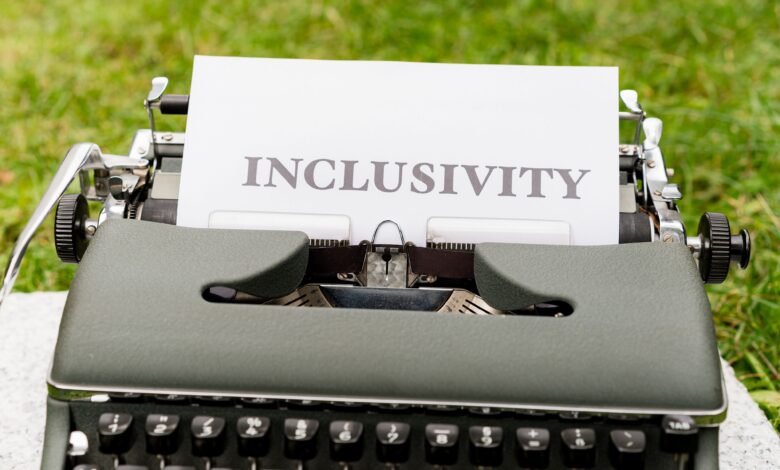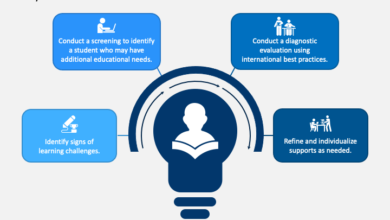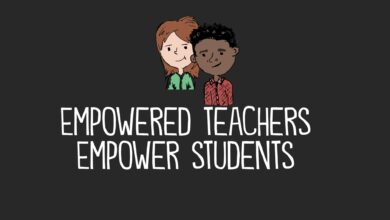Inclusive Education: Fostering Diversity in the Classroom

Inclusive education is a cornerstone of modern teaching. In this blog post, we’ll explore the importance of creating an inclusive classroom environment that embraces diversity and promotes equity.
Diverse Student Populations
Modern classrooms are filled with diverse student populations, encompassing various backgrounds, abilities, and needs. Inclusive education recognizes and respects these diversities, ensuring that all students have equal access to quality education.
Differentiated Instruction
Inclusive teaching involves differentiated instruction. This approach tailors teaching methods to meet the individual needs of students, whether they require additional support or enrichment opportunities.
Promoting Empathy and Understanding
Inclusive education not only benefits students with diverse needs but also fosters empathy and understanding among all students. It promotes a culture of respect and acceptance.
Supporting Special Needs Students
Inclusive education also involves providing support and accommodations for students with special needs. Teachers work with special education professionals to ensure that these students receive the necessary resources and support.
Teacher Training in Inclusive Education
To effectively implement inclusive teaching practices, teachers can seek training and professional development in inclusive education. This equips educators with the skills and knowledge they need to create inclusive classrooms.












